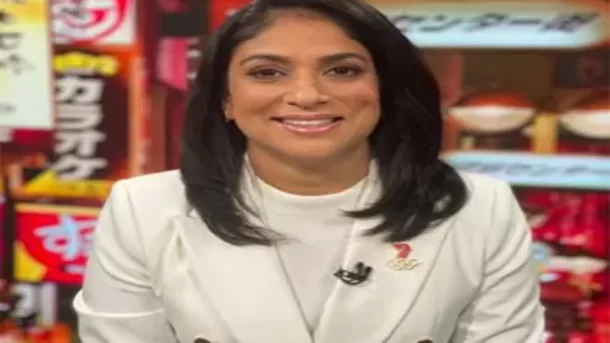GamePlan Today Talks is here with an exciting journey of Lisa Sthalekar, an Australian Cricketer. Let us look forward to a more informative and compelling story about her. She is the first women cricketer to get 100 wickets and 100 runs in ODI.
Get a Sneek Peek
- Lisa Sthalekar – Roots
- Breaking the Taboo
- Lisa & Her Father
- Girls in Cricket
- Boys & Cricket
- The Change in Cricket
Lisa Sthalekar – Roots
Lisa Sthaleker was born in Pune, and she was adopted as a 3-week old baby. Her adopted father is from Mumbai city. But her father’s mother was from Gujarat, and his father was from Maharashtra.
Unfortunately, she never met her grandfather. But whenever she used to visit India for school holidays as a young girl, she spent time with her grandmother. Her grandmother was speaking a lot of Gujrati. Lisa couldn’t understand it, and she would eat a lot of Gujarati food.
People usually see the name “Sthalekar”, and they think that she is Marathi. Instead, Lisa feels she had more connections with Gujarati. However, she could neither speak Gujarati nor Marathi.
She is trying to learn more and more Hindi. The best way she feels is to do that with her friends. Usually, she stays around the Indian girls who constantly speak Hindi. She tries to understand the context of the conversation. She also watches many Hindi movies.
Breaking the Taboo
There is a rudimentary taboo where the male cricketers don’t want to wear a cap and bowl off-spin. But Lisa got this idea. She thought everyone in Australia believed that Lisa was trying to mimic Greg Mathews. So he bowled the test cricket in a cap.
Also, Lisa has got lots of hair which have to be tied to get a clear vision while bowling. But, as a trainee and spinners, they anyways will bowl their caps on.
Lisa & Her Father
Lisa’s father once said, “Indians usually have cricket run in their blood. Hence decided to groom my daughter in the game of cricket.” Her father used to play in the backyards, and she was her daddy’s little girl. Whatever her father does, Lisa follows him. She collected the stamps or model trains and went down routes to be with her father.
Girls in Cricket
During the early ’90s, when Lisa was growing up in Sydney, there was no junior girls competition. So if anyone wants to play cricket, it has always been under ten boys, 11, 12 till 16.
There was an open Women’s Cricket Club in the cities and towns. There Lisa found an arm of women. Lisa learned so much playing with the boys. But now they have so many girls playing cricket in Australia, and there are grades till 5. So today, there are many competitions for like-minded girls.
Boys & Cricket
In India, there is a structured way of creating teams and playing cricket. First, it is the schools and colleges for cricket in India. There are under 12 sides, under 14, under 16, and 19. At some stages, girls must also be encouraged to take up cricket sport in India.
The Change in Cricket
Since the late 1980s and 1990s, there have been considerable changes in cricket. Lisa feels the integration that happened as the most significant change. At first, it happened at the ICC level. Then, it kind of forced everyone else and nations states, even countries, to adopt the same. Finally, it paved the way for better infrastructure.
The picture was better quality, and the outfield was going faster. All of a sudden, the teams will not feel like playing on a low, slow wicket. When they play on better ground, the score gets increased very fast.
Need to explore the more exciting journey of sports and the sportsperson? Then follow our GamePlan today blogs to regularly update yourself.
